Caregivers of individuals with cancer likely have concerns about employment rights, finances, and support. This video will provide some options to support cancer caregivers.
Category: biotech/medical – Page 966
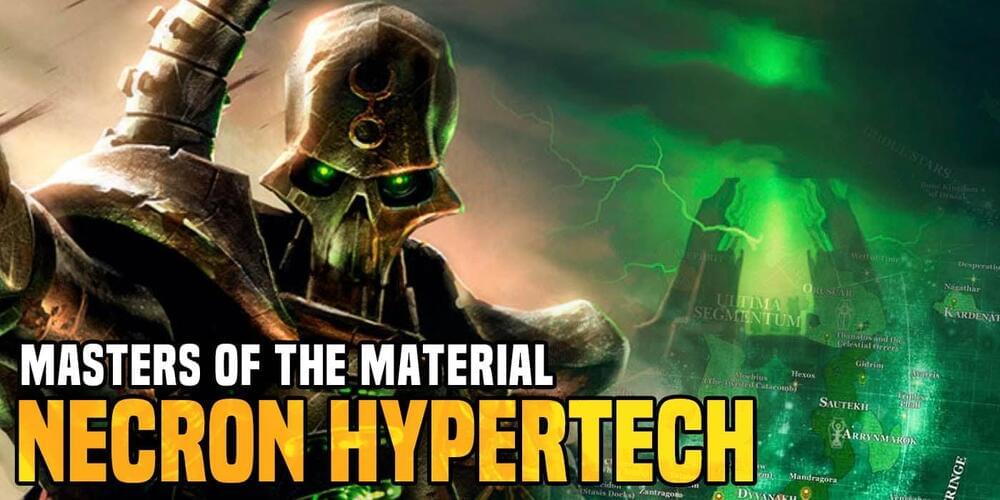
Warhammer 40K: Necron Hypertech
Today Loremasters we explore some of hyper technology of the Necrons – the World Engine, Celestial Orrery & the Dolmen Gates.
Masters of Material Technology
The Necrons are the masters of Material technology, and their technological feats may seem magical to lesser races. Their technological masters, Crypteks, can manipulate matter at a fundamental level and wield such arcane concepts as phase-gates, subatomic infusion, and temporal looping. Several Necron super-weapons such as the World Engine and Celestial Orrery have galaxy-devastating capabilities. However it is Living Metal, or Necrodermis, which equips nearly all Necron technology. These billion-strong swarns of nano–Scarabs crawl under the skin of Necrons at a cellular level, allowing for self-repair and regeneration. Also, on particularly rare occasions, a super heavy Necron device called a Necron Pylon is seen. It is feared for its extreme power and ability to appear anywhere on the battlefield.
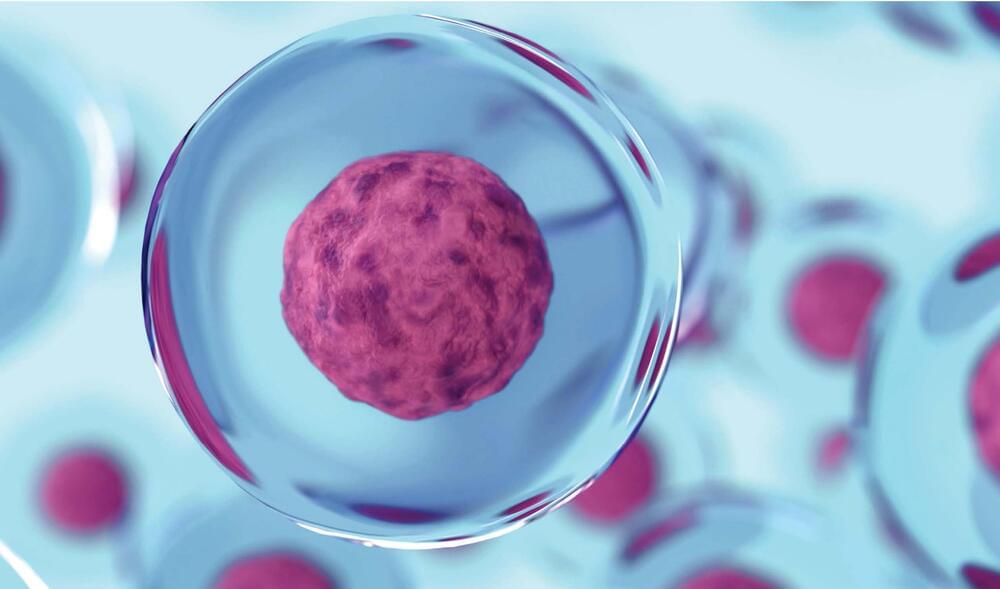

Large-scale genetic modification method reveals the role and properties of duplicated genes in plants
For the first time, researchers from Tel Aviv University have developed a genome-scale technology that makes it possible to reveal the role of genes and traits in plants previously hidden by functional redundancy.
The researchers point out that since the agricultural revolution, man has improved plant varieties for agricultural purposes by creating genetic diversity. But until this recent development, it was only possible to examine the functions of single genes, which make up only 20% of the genome. For the remaining 80% of the genome, made up of genes grouped in families, there was no effective way, on the large scale of the whole genome, to determine their role in the plant.
As a result of this unique development, the team of researchers managed to isolate and identify dozens of new features that had been overlooked until now. The development is expected to revolutionize the way agricultural crops are improved as it can be applied to most crops and agricultural traits, such as increased yield and resistance to drought or pests.

Melatonin for cancer patients: Is it safe?
If you’ve ever struggled with insomnia, you’ve likely heard of melatonin. This nutritional supplement has been widely available in drug stores, health food stores and grocery stores for years, and touted as a natural sleep aid. It even comes in doses meant for children.
But what is melatonin? And is it safe for cancer patients to take during treatment?
We checked in with pulmonologist Saadia Faiz, M.D., for answers.
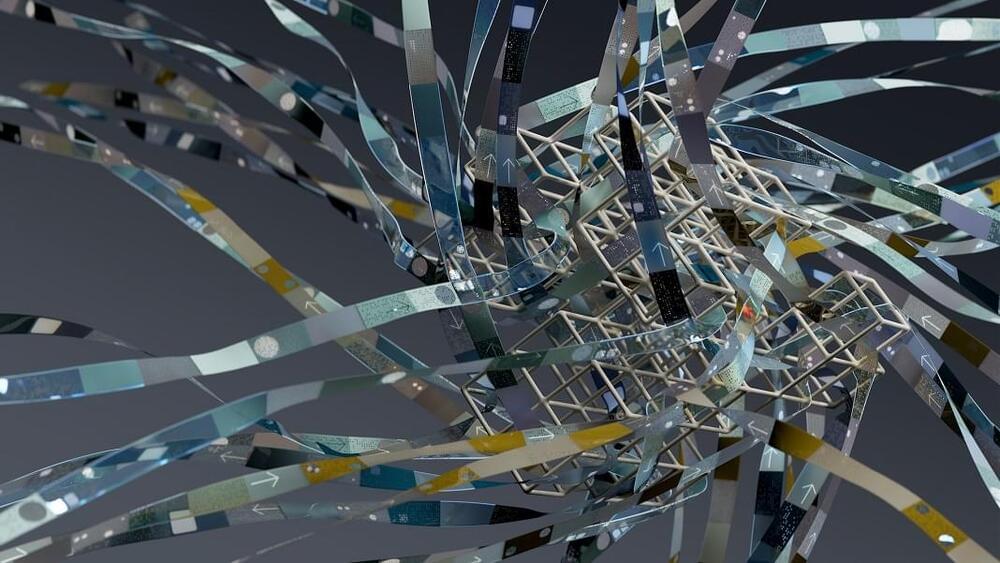
More Than Half of Americans Think AI Poses a Threat to Humanity
One nebulous aspect of the poll, and of many of the headlines about AI we see on a daily basis, is how the technology is defined. What are we referring to when we say “AI”? The term encompasses everything from recommendation algorithms that serve up content on YouTube and Netflix, to large language models like ChatGPT, to models that can design incredibly complex protein architectures, to the Siri assistant built into many iPhones.
IBM’s definition is simple: “a field which combines computer science and robust datasets to enable problem-solving.” Google, meanwhile, defines it as “a set of technologies that enable computers to perform a variety of advanced functions, including the ability to see, understand and translate spoken and written language, analyze data, make recommendations, and more.”
It could be that peoples’ fear and distrust of AI comes partly from a lack of understanding of it, and a stronger focus on unsettling examples than positive ones. The AI that can design complex proteins may help scientists discover stronger vaccines and other drugs, and could do so on a vastly accelerated timeline.
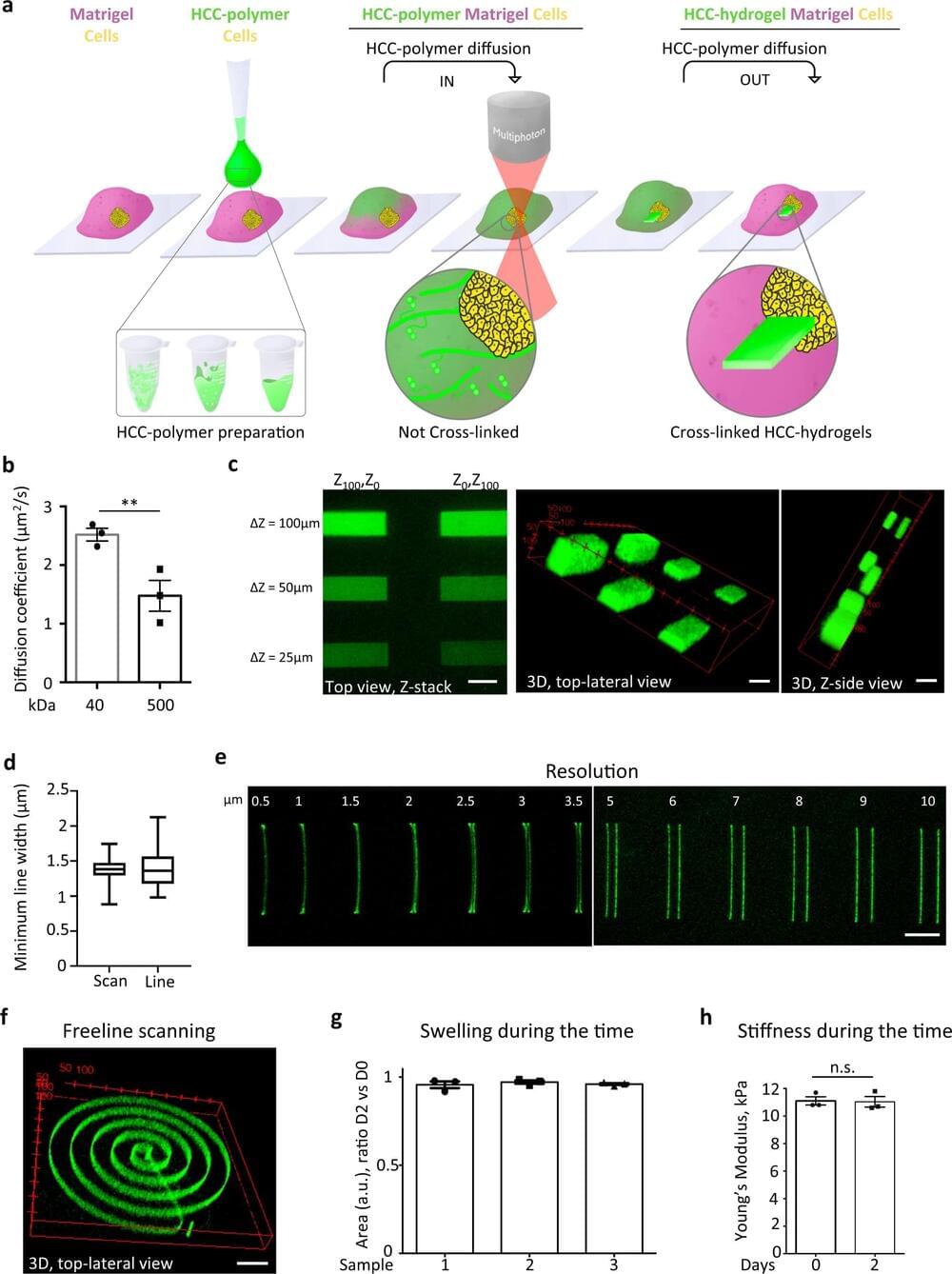
Scientists demonstrate 3D ‘bio-printing’ inside organoids growing in hydrogels
Scientists from the NIHR Great Ormond Street Hospital Biomedical Research Centre (a collaboration between GOSH and UCL), London, and University of Padova, Italy, have shown for the first time how 3D printing can be achieved inside “mini-organs” growing in hydrogels—controlling their shape, activity, and even forcing tissue to grow into “molds.”
This can help teams study cells and organs more accurately, create realistic models of organs and disease, and even better understand how cancer spreads through different tissues.
A particularly promising area of research at the Zayed Centre for Research (a partnership between Great Ormond Street Hospital (GOSH), GOSH Charity and University College London Great Ormond Street Institute of Child Health (UCL GOS ICH)) is organoid science—the creation of micro-versions of organs like the stomach, the intestines and the lungs.
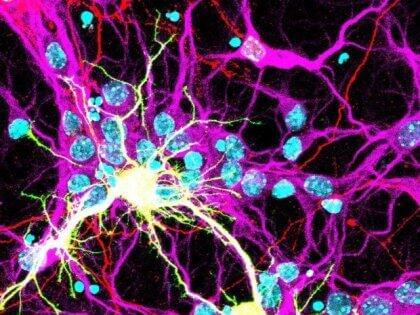

New machine-learning model can detect dementia in speech
The tool can be used for early diagnosis.
Scientists have conceived of a machine-learning model capable of detecting speech patterns that are linked to a diagnosis of Alzheimer’s or other forms of dementia. The new tool will be used for early evaluation of the conditions.
This is according to a report by Global News published on Saturday…
Interesting Engineering is a cutting edge, leading community designed for all lovers of engineering, technology and science.
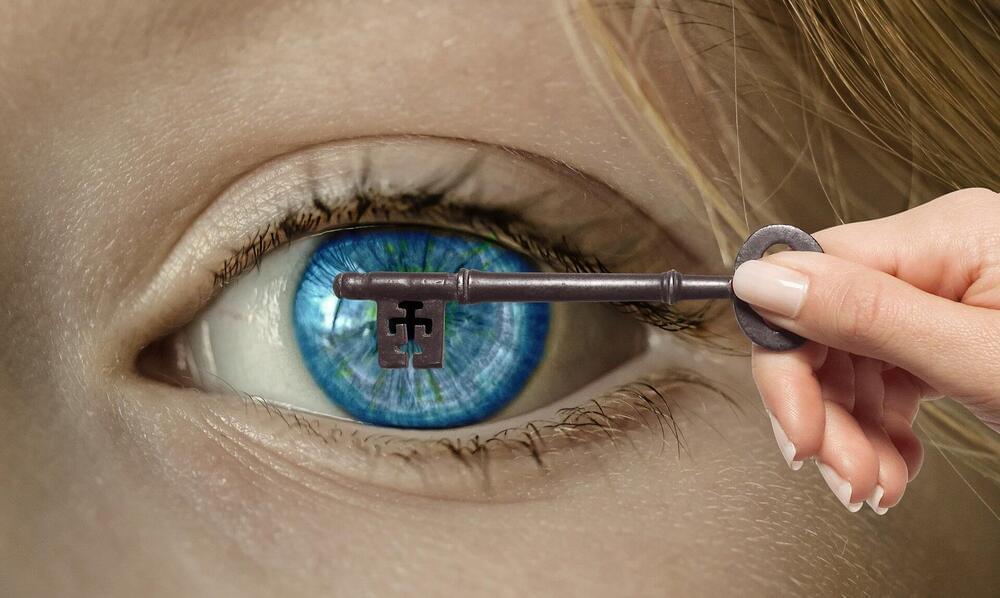
Research finds prediction may be key to eye-and-hand coordination
Have you ever made a great catch—like saving a phone from dropping into a toilet or catching an indoor cat from running outside? Those skills—the ability to grab a moving object—takes precise interactions within and between our visual and motor systems. Researchers at the Del Monte Institute for Neuroscience at the University of Rochester have found that the ability to visually predict movement may be an important part of the ability to make a great catch—or grab a moving object.
“We were able to develop a method that allowed us to analyze behaviors in a natural environment with high precision, which is important because, as we showed, behavioral patterns differ in a controlled setting,” said Kuan Hong Wang, Ph.D., a Dean’s Professor of Neuroscience at the University of Rochester Medical Center.
Wang led the study out today in Current Biology in collaboration with Jude Mitchell, Ph.D., assistant professor of Brain and Cognitive Sciences at the University of Rochester, and Luke Shaw, a graduate student in the Neuroscience Graduate Program at the School of Medicine & Dentistry at the University of Rochester. “Understanding how natural behaviors work will give us better insight into what is going awry in an array of neurological disorders.”